退出 OneNote for Mac 安装插件前,先退出 Mac OneNote。 如果是升级插件,同时还要退出插件。 下载 Gem Menu for Mac OneNote 可以通过产品页面下载 Gem Menu for Mac OneNote. 安装 Gem Menu for Mac OneNote 在......
2023-09-12 205 Mac数字笔记珍宝菜单
OneNote 表格公式是 Gem for OneNote 的一组功能。这组功能为 OneNote 的表格添加类似 Excel 的公式,用于计算统计单元格。
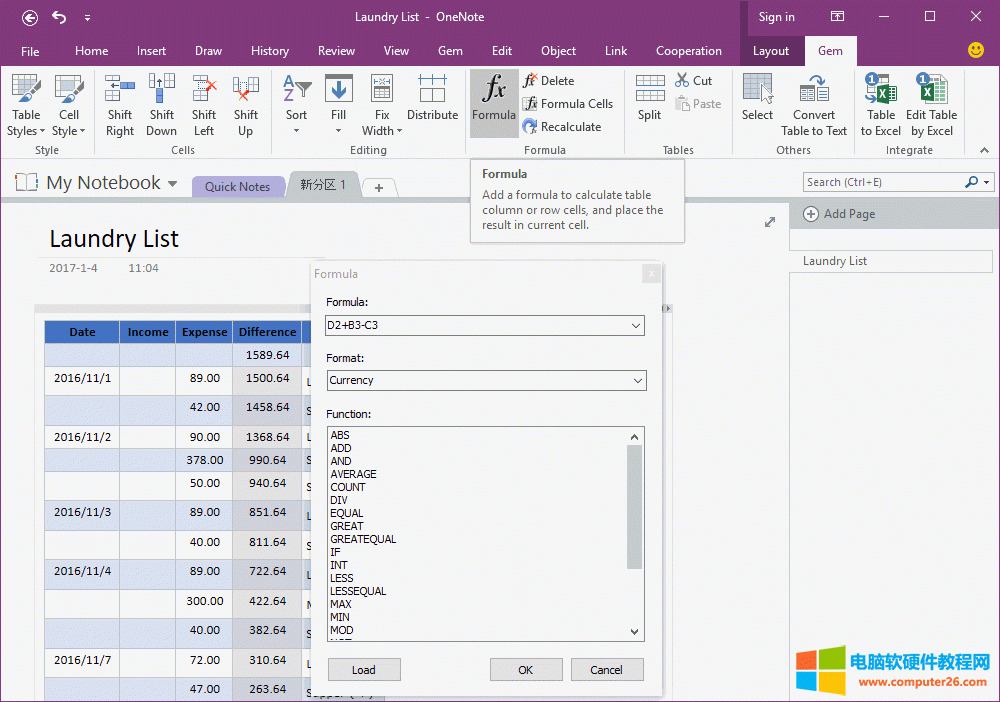
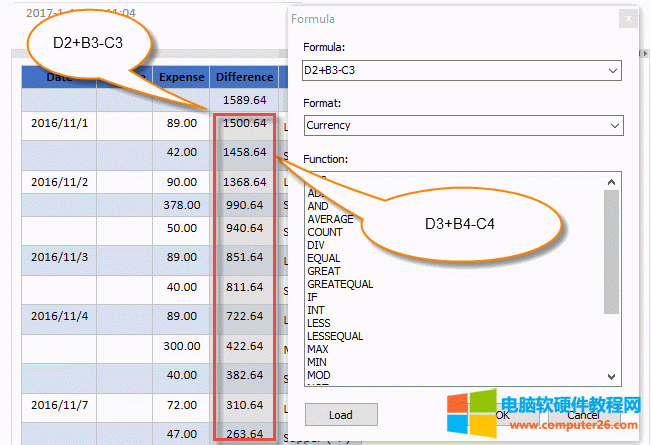
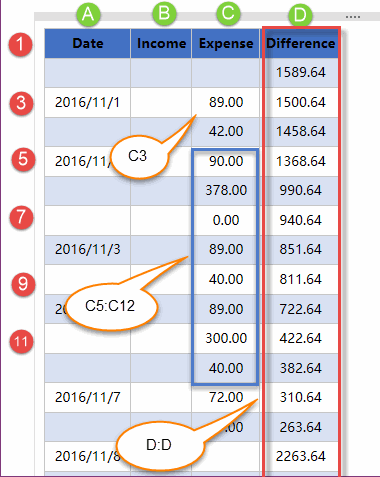
| Specifier | Displays |
| c | Displays the date using the format given by the ShortDateFormat global variable, followed by the time using the format given by the LongTimeFormat global variable. The time is not displayed if the date-time value indicates midnight precisely. |
| d | Displays the day as a number without a leading zero (1-31). |
| dd | Displays the day as a number with a leading zero (01-31). |
| ddd | Displays the day as an abbreviation (Sun-Sat) using the strings given by the ShortDayNames global variable. |
| dddd | Displays the day as a full name (Sunday-Saturday) using the strings given by the LongDayNames global variable. |
| ddddd | Displays the date using the format given by the ShortDateFormat global variable. |
| dddddd | Displays the date using the format given by the LongDateFormat global variable. |
| e | (Windows only) Displays the year in the current period/era as a number without a leading zero (Japanese, Korean, and Taiwanese locales only). |
| ee | (Windows only) Displays the year in the current period/era as a number with a leading zero (Japanese, Korean, and Taiwanese locales only). |
| g | (Windows only) Displays the period/era as an abbreviation (Japanese and Taiwanese locales only). |
| gg | (Windows only) Displays the period/era as a full name (Japanese and Taiwanese locales only). |
| m | Displays the month as a number without a leading zero (1-12). If the m specifier immediately follows an h or hh specifier, the minute rather than the month is displayed. |
| mm | Displays the month as a number with a leading zero (01-12). If the mm specifier immediately follows an h or hh specifier, the minute rather than the month is displayed. |
| mmm | Displays the month as an abbreviation (Jan-Dec) using the strings given by the ShortMonthNames global variable. |
| mmmm | Displays the month as a full name (January-December) using the strings given by the LongMonthNames global variable. |
| yy | Displays the year as a two-digit number (00-99). |
| yyyy | Displays the year as a four-digit number (0000-9999). |
| h | Displays the hour without a leading zero (0-23). |
| hh | Displays the hour with a leading zero (00-23). |
| n | Displays the minute without a leading zero (0-59). |
| nn | Displays the minute with a leading zero (00-59). |
| s | Displays the second without a leading zero (0-59). |
| ss | Displays the second with a leading zero (00-59). |
| z | Displays the millisecond without a leading zero (0-999). |
| zzz | Displays the millisecond with a leading zero (000-999). |
| t | Displays the time using the format given by the ShortTimeFormat global variable. |
| tt | Displays the time using the format given by the LongTimeFormat global variable. |
| am/pm | Uses the 12-hour clock for the preceding h or hh specifier, and displays 'am' for any hour before noon, and 'pm' for any hour after noon. The am/pm specifier can use lower, upper, or mixed case, and the result is displayed accordingly. |
| a/p | Uses the 12-hour clock for the preceding h or hh specifier, and displays 'a' for any hour before noon, and 'p' for any hour after noon. The a/p specifier can use lower, upper, or mixed case, and the result is displayed accordingly. |
| ampm | Uses the 12-hour clock for the preceding h or hh specifier, and displays the contents of the TimeAMString global variable for any hour before noon, and the contents of the TimePMString global variable for any hour after noon. |
| / | Displays the date separator character given by the DateSeparator global variable. |
| : | Displays the time separator character given by the TimeSeparator global variable. |
| 公式 | 说明 | 结果 |
|---|---|---|
| NOW() | 返回当前日期和时间。 | 2011-11-6 19:30 |
| NOW()-0.5 | 返回 12 小时前的日期和时间(-0.5 天前)。 | 2011-11-6 7:30 |
| NOW()+7 | 返回 7 天后的日期和时间。 | 2011-11-13 19:30 |
| NOW()-2.25 | 返回 2 天 6 小时前的日期和时间(-2.25 天前)。 | 2011-11-4 13:30 |
| 数据 | ||
|---|---|---|
| 日期 | ||
| 2008-7-5 | ||
| 2010-7-5 | ||
| 公式 | 描述(结果) | 结果 |
| =YEAR(A3) | 单元格 A3 中日期的年份 (2008) | 2008 |
| =YEAR(A4) | 单元格 A4 中日期的年份 (2010) | 2010 |
| 日期 | ||
|---|---|---|
| 2011-4-15 | ||
| 公式 | 说明 | 结果 |
| MONTH(A2) | 单元格 A2 中日期的月份 | 4 |
| 日期 | ||
|---|---|---|
| 2011-4-15 | ||
| 公式 | 描述(结果) | 结果 |
| DAY(A2) | 单元格 A2 (15) 中日期的天数 | 15 |
| 时间 | ||
|---|---|---|
| 0.75 | ||
| 2011-7-18 7:45 | ||
| 2012-4-21 | ||
| 公式 | 说明 | 结果 |
| HOUR(A2) | 返回 24 小时的 75% | 18 |
| HOUR(A3) | 返回日期/时间值的小时部分。 | 7 |
| HOUR(A4) | 未指定时间部分的日期被视作上午 12:00 或 0 小时。 | 0 |
| 时间 | ||
|---|---|---|
| 下午 12:45:00 | ||
| 公式 | 说明 | 结果 |
| MINUTE(A2) | 返回 A2 中时间值的分钟部分。 | 45 |
| 数据 | ||
|---|---|---|
| 时间 | ||
| 下午 4:48:18 | ||
| 下午 4:48 | ||
| 公式 | 说明 | 结 果 |
| SECOND(A3) | 第一个时间的秒数 (18) | 18 |
| SECOND(A4) | 第二个时间的秒数 (0) | 0 |
标签: OneNote表格里的公式计算
相关文章
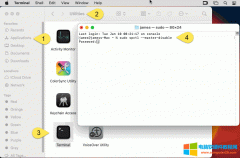
退出 OneNote for Mac 安装插件前,先退出 Mac OneNote。 如果是升级插件,同时还要退出插件。 下载 Gem Menu for Mac OneNote 可以通过产品页面下载 Gem Menu for Mac OneNote. 安装 Gem Menu for Mac OneNote 在......
2023-09-12 205 Mac数字笔记珍宝菜单
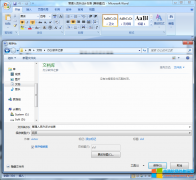
通常将word表格复制到excel中,它的格式大小会发生变化,如何保持不变呢? 第一步:用 office办公软件 打开目标word文档,然后将其另存为『网页』格式文件; 第二步:运行excel,点击左......
2023-03-14 593 Word表格转excel不变形 word表格复制到excel中不变形
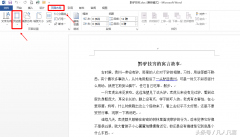
简介:在日常办公的过程中,当页面不在一张纸上时,我们可以用多种方法进行调整。 方法一、自定义页边距 1.点击菜单栏的【页面布局】按钮 2.点击【页边距】 3.点击【自定义边距】......
2023-05-31 705 Word教程

用户在使用word文档编辑文字时,可能会遇到word莫名其妙无法输入汉字,但是却可以输入英文字母的的问题。今天,小编就给大家分享一下word无法输入汉字该怎么办。 第一步: 启动w......
2023-04-08 692 Word无法输入汉字
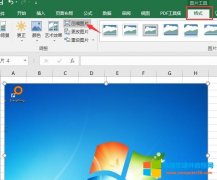
Excel的主要功能是用于记录各种参数和数据的,但有的时候,我们也会在图表中穿插一些图片,用于解释文本信息或丰富图表的内容。那么,当插入的图片体积较大时,如何对图片进行......
2022-12-21 292 excel图片压缩